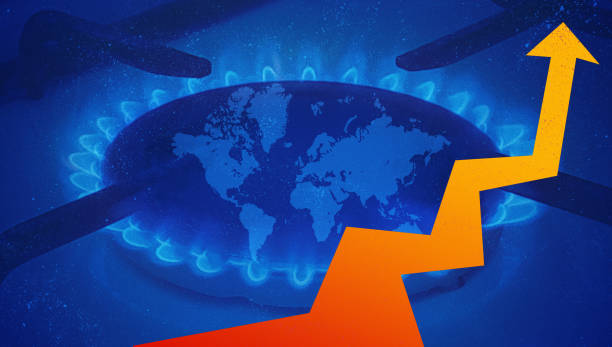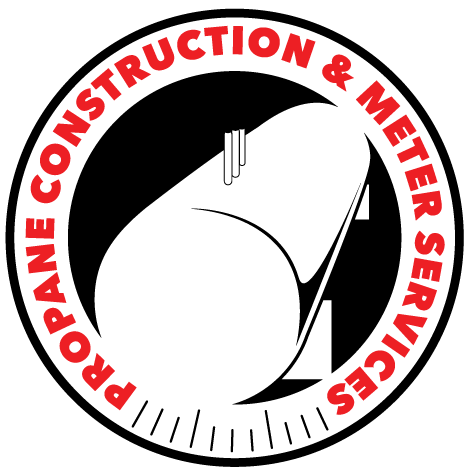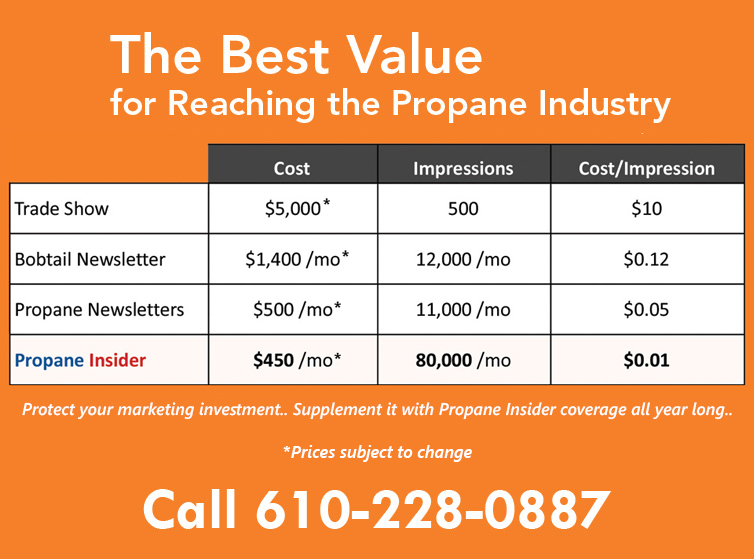Understanding the Factors Impacting Propane Demand Trends

Propane, a versatile fuel with various applications, is influenced by a complex web of factors that impact its demand and pricing. Understanding these dynamics is essential for both industry insiders and consumers. Let’s take a look at the latest trends affecting propane demand and what they mean for the market.
Propane Dehydrogenation (PDH) Plants and the Propylene Connection
China’s PDH plants, responsible for converting propane into propylene, have been operating at less than optimal capacity. This is largely due to weak economic conditions, which have led to reduced demand for plastics – a primary product of propylene. Consequently, while propane prices have surged this summer, propylene prices have not followed suit, resulting in a squeeze in propylene margins. The consequence? Lower utilization rates at PDH plants, a significant consumer of propane.
The situation raises concerns, especially considering that several new PDH plants are scheduled to come online in the coming months. The success of their launch could be at risk if economic conditions don’t improve.
The Shifting Landscape of Propane Exports
Propane exports started the year on a strong note but have seen a recent slowdown. While 2023 has seen an average of 247,000 barrels per day (bpd) more in exports compared to the previous year, this difference has shrunk to 128,000 bpd since July. At this rate, the year may soon align with the previous one.
The dip in export demand has been partially compensated by a rise in domestic demand within the United States. After a slow start to the year, domestic propane demand has picked up, averaging 110,000 bpd more than the same period last year since July. This has resulted in overall propane demand surpassing the figures from the previous three years.
Strong Production, High Inventories
Strong propane production in the United States has reached all-time highs recently. Consequently, propane inventories have reached five-year highs for this time of the year. This abundance of supply ensures a comfortable propane situation for the upcoming winter, catering to both domestic and export demands.
The Weather Factor and Economic Conditions
Despite the current positive indicators, a few potential hurdles loom on the horizon. The weather, always a wild card, can significantly affect domestic propane demand. Dry conditions across key agricultural areas, if not addressed, could impact crop drying requirements and potentially reduce winter demand. Additionally, the possibility of an El Nino weather pattern could affect winter demand in northern states.
Balancing Act and Uncertainties
Looking ahead, it’s evident that the propane and crude markets have rebounded from early-year lows. While crude fundamentals support its price, the propane market faces a more challenging scenario. Weather conditions and economic uncertainties could curtail domestic propane demand, even as export demand struggles to regain momentum.
Propane’s affordability makes it an attractive option for buyers, especially with the support of rising crude prices. However, buyers should tread cautiously, considering the potential risks associated with the upcoming winter. Weak crop drying, El Nino conditions, and economic challenges all pose uncertainties.
While propane prices have rebounded significantly, there’s a complex mix of factors at play in the propane market. Propane consumers and industry stakeholders must carefully navigate this changing landscape, keeping a keen eye on evolving conditions to make informed decisions and mitigate risks.
















